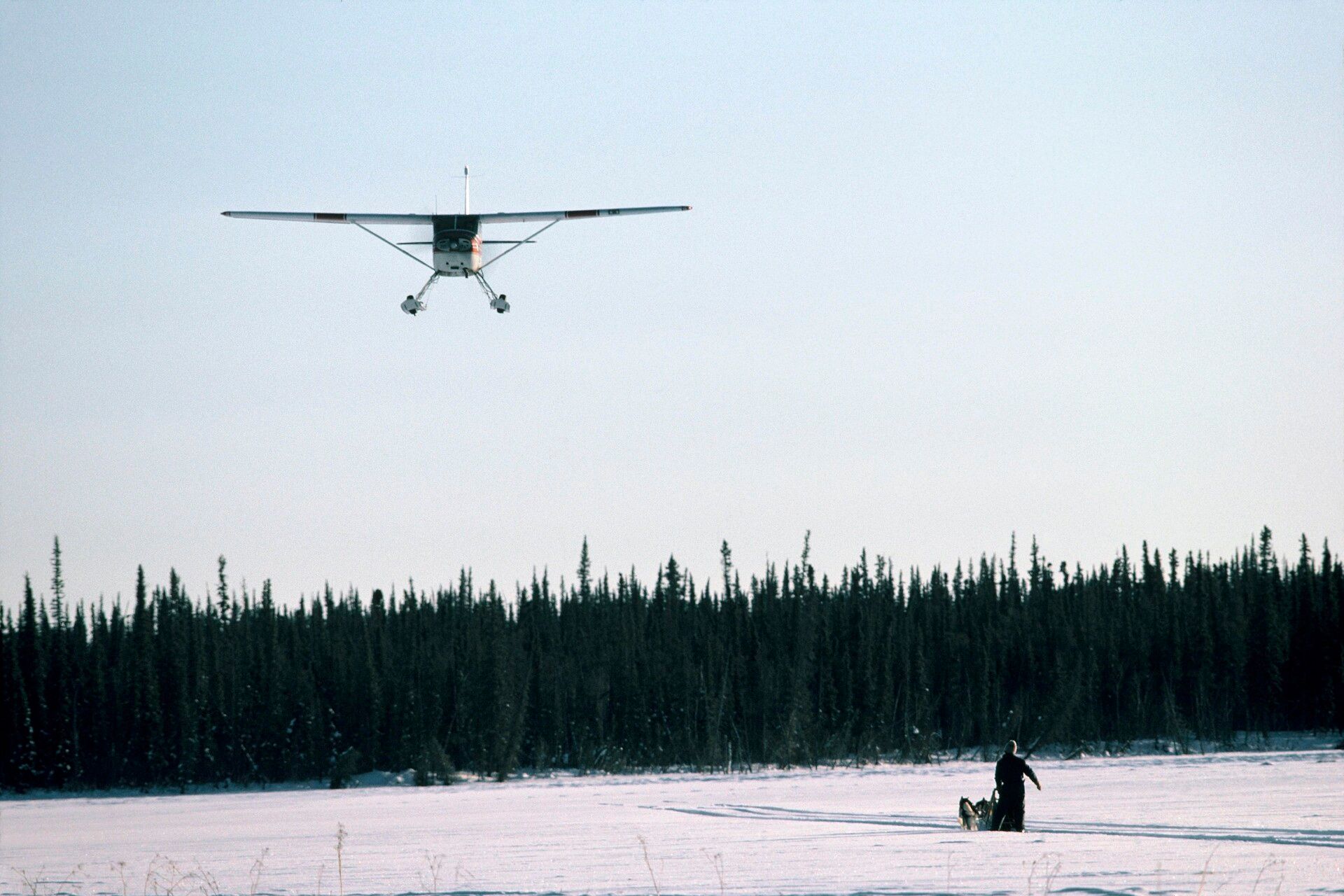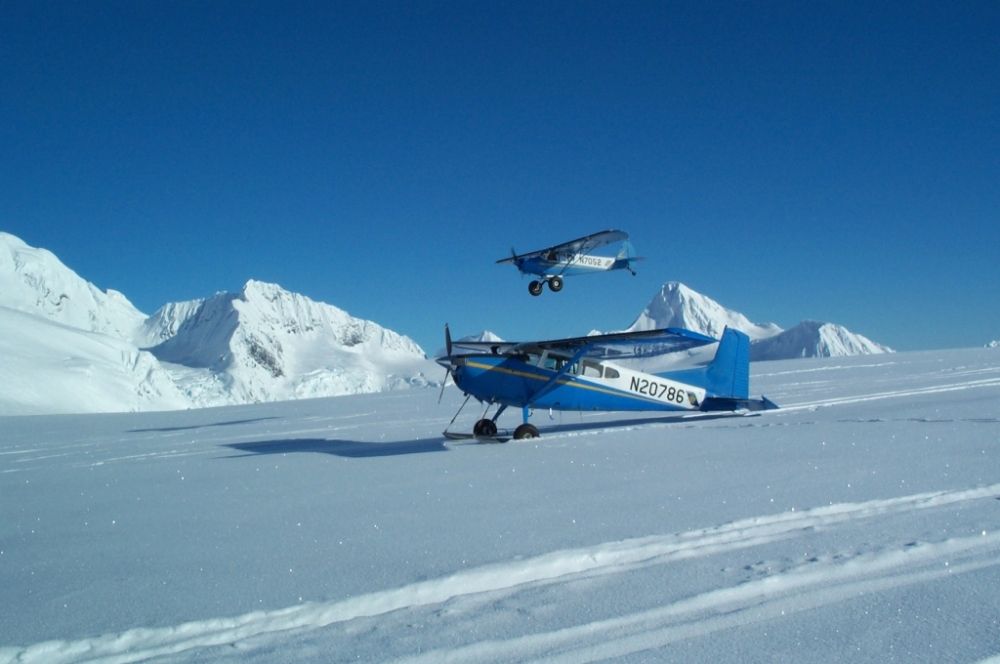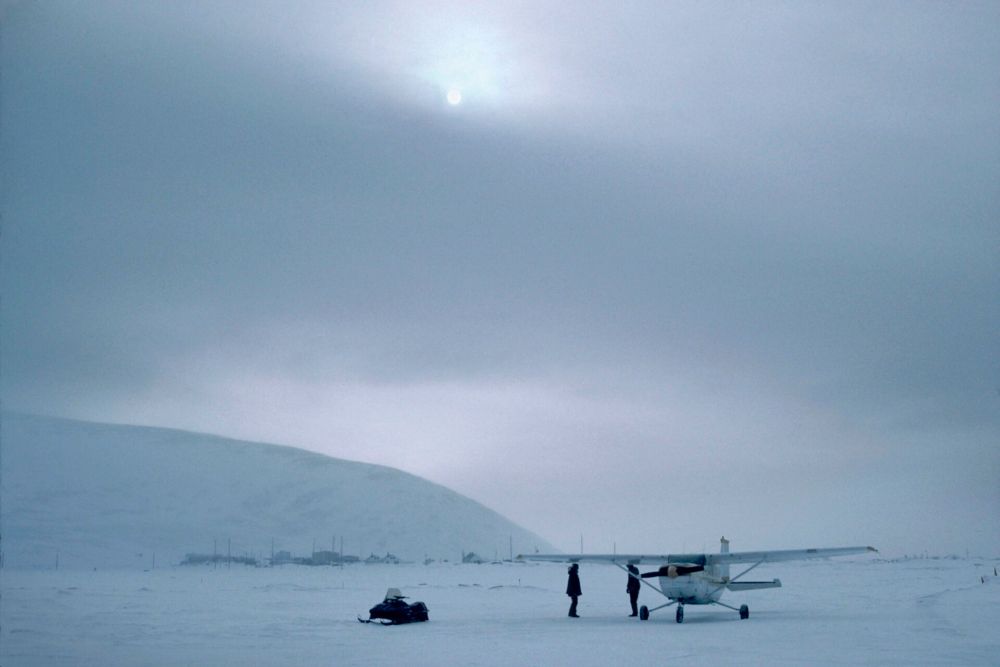The Federal Aviation Administration (FAA) is looking at overhauling safety measures in Alaska. These plans follow Alaska's considerably higher than average air accident rate, which was approximately 2.35 times higher than the rest of the United States between 2008 and 2017.
Urgent matters
According to the National Transportation Safety Board (NTSB), crashes involving smaller commercial carriers have been 1.34 times higher in Alaska. With several remote airports dotted across the state, these airlines have an important role to play.
Thus, the FAA is looking to introduce new technology, such as automated weather tracking equipment, to additional airports. The group is also looking to improve maps across the area.
“Alaska depends on aviation more than any other state, and we are committed to doing everything possible to make flying safer,” - FAA Administrator Steve Dickson, via BNN Bloomberg.
Stay informed: Sign up for our daily and weekly aviation news digests.
Heavy investments
Last month, it was announced that the FAA is investing $42 million in Alaskan airports. The agency will grant seven airports in the state a portion of this figure each as part of its Airport Improvement Program to help with safety, access, and sustainability initiatives. Notably, the FAA already forked over $257.4 million in grants to airports across Alaska during the 2021 fiscal year.
Several pockets of communities are pitted across Alaska's vast regions. These isolated communes heavily rely on air travel to get around, and many families are Alaska natives, representing just under 20% of the state's population. Arlando Teller, Deputy Assistant Secretary for Tribal Affairs, concludes that connectivity is paramount, and these grants are crucial to achieving better links.
Recent accidents in Alaska include a fatal mid-air collision between a Mountain Air Service DHC-2 Beaver floatplane and a Taquan Air DHC-3 Turbine Otter on May 13th, 2019, which resulted in six fatalities. On October 17th of that same year, a PenAir Saab 2000 skidded off a runway at Aleutian Island airport, causing a passenger to die.
The next chapter
There will undoubtedly be a new look aviation scene across Alaska in the coming years. Key players such as Alaska Airlines are heavily looking into electric aircraft. Not only will these planes help to meet sustainability requirements, but they will be able to operate efficiently in hard-to-reach regions with challenging weather conditions. So, other airlines in the state will benefit from modern solutions such as these.
Simple Flying reached out to the FAA for comment on this report. We will update the article with any further announcements from the agency.
What are your thoughts about the Federal Aviation Administration wanting to reduce Alaska’s air accident rate? What do you make of the overall accident rate and the prospects of the safety targets? Let us know what you think of the situation across the state in the comment section.



